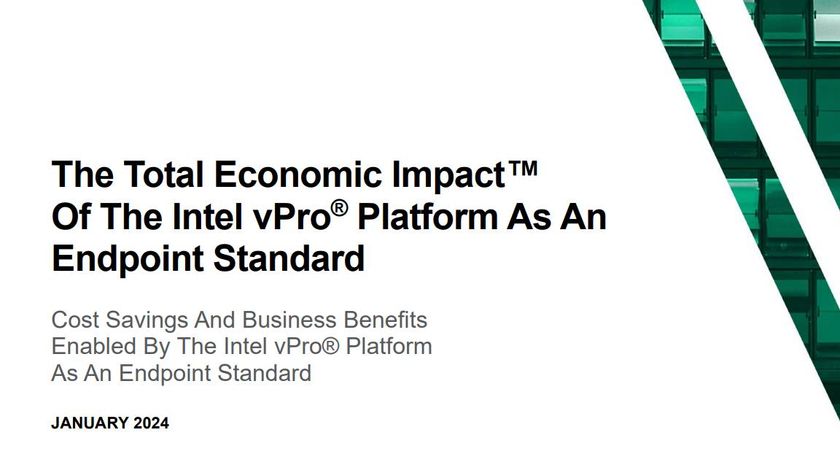We found installation in the lab simple enough as we connected the appliance to the main network, pointed a web browser at its default IP address and ran through a quick start routine. This asks for basic information including your licenses, network addresses, mail server details plus proxy settings and finishes up by securing all administrative access.
As we went for the standard proxy mode we needed to configure our test clients to point at the appliance. This was a manual process but larger sites can easily achieve this using AD group policies or PAC (proxy auto-configuration) scripts.
The main management interface hasn't changed a great deal but it does see a few design tweaks to make it even easier to use. The web console opens with an informative display showing a graphical overview of system health, a list of alerts and swift access to the various Centers.
Web filtering policies, user management, system configuration and report creation are placed under different Centers making for easier access. Usefully, the appliance immediately applies a default web access policy to all users but we'd recommend taking time to understand how the policies work before fiddling with them.
The fundamentals behind Clearswift's web filtering haven't changed from when we last looked at the previous ENW model. Rather than reiterate them take a look at the review we ran in 2008, which describes the processes.
We mentioned that the lack of scheduling was a drawback and Clearswift has now included this to allow policies to be active at specified times. You can also apply limits on the amount of time a user may browse a particular category for but support for scanning HTTPS encrypted traffic is still an optional feature.
Dave is an IT consultant and freelance journalist specialising in hands-on reviews of computer networking products covering all market sectors from small businesses to enterprises. Founder of Binary Testing Ltd – the UK’s premier independent network testing laboratory - Dave has over 45 years of experience in the IT industry.
Dave has produced many thousands of in-depth business networking product reviews from his lab which have been reproduced globally. Writing for ITPro and its sister title, PC Pro, he covers all areas of business IT infrastructure, including servers, storage, network security, data protection, cloud, infrastructure and services.












